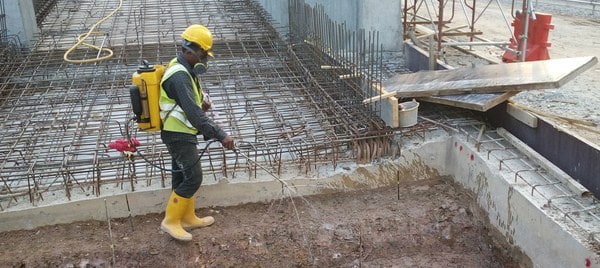Termit Proofing/ Termit Control
Awan Garden Provides
Often referred to as “silent destroyers,” termites can wreak havoc on valuable objects in the building because they can hide and thrive in secret without any immediate sign of damage. The presence of termites indoors usually means that professional treatment is needed to prevent damage to the house or structure. Taking precautions in time is imperative to save termites. Termites pose a threat in more than 70% of the world. Awan Garden conducts a thorough examination of your home by checking your basement or space for moisture, your foundation for wood debris, and other risk areas that may trigger an infestation.
Post-Constructions
Drilling treatment for wall and floor connection 12mm diameter holes with a spacing of 18-24″ are drilled along the internal connection of the wall and floor to a depth of 6 inches throughout the floor and 4 inches on the first floor. Awan Garden Special services perform a thorough examination of your home by checking your basement or space for moisture, your foundation for wood debris, and other risk areas that may trigger an infestation. Awan Garden uses treatments by multiple equipment’s such as state-of-the-art equipment such as IR thermometers, moisture meters, and termite detection systems to scientifically evaluate your home or company building. When we’re done with the method, you’ll receive our recommendation with custom digital graphics and an Awan Garden Inspection Report that outlines the problems we’ve identified, as well as a recommended plan to protect your home from termites.

Our Strategy to control termite
Treating an existing structure for termites requires multiple steps.
Inspection
Identifying activity & potential damaged/problem areas
Compose a treatment plan
Conveying treatment options with the customer
Performing the treatment
Quality control follow-up
Use qualitative tools during termite control/termite treatment services
Drilling for termite treatment
Drilling treatment for termites for wall and floor connection 12mm diameter holes with a spacing of 18-24″ are drilled along the inner junction of the wall and floor to a depth of 6 inches throughout the ground and 4 inches at the first floor site. People have come up with many options for pest control and termites. Some of them are very effective and popular, while others are suitable for users with a limited budget. Some can be self-made or also called do-it-yourself methods, while others can only be used by professionals. There is plenty of treatments to choose from when it comes to controlling parasites in your home. Some are used in combination with others.
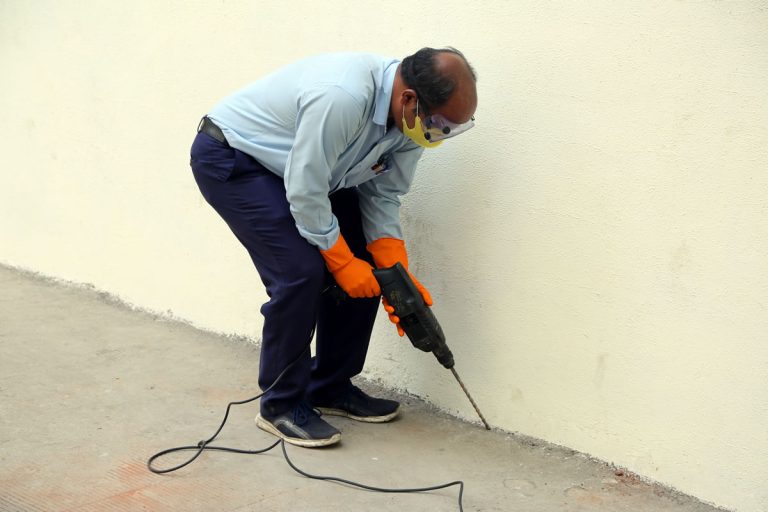
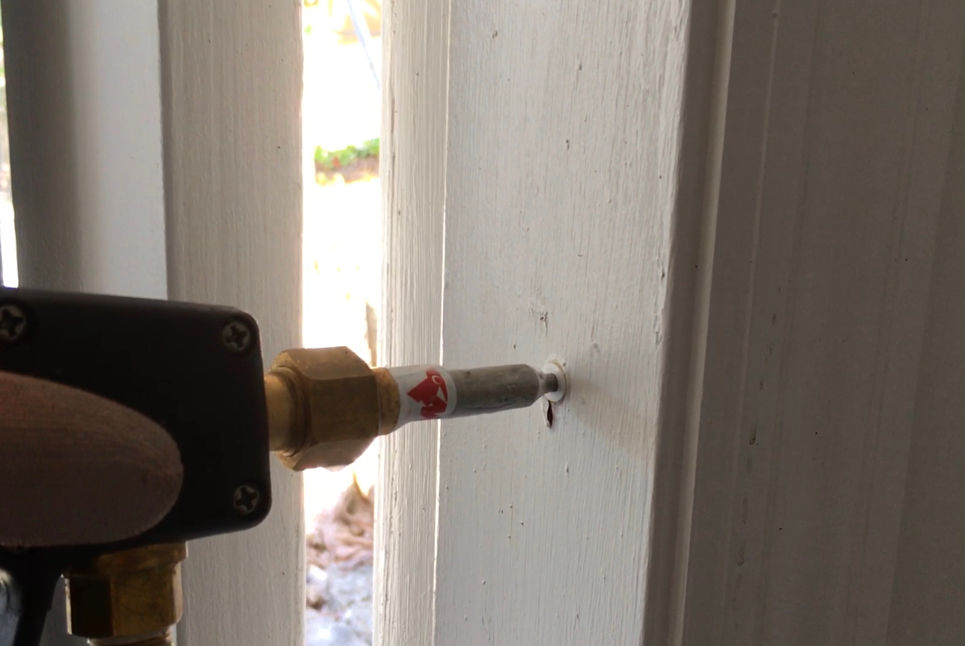
Injection
4 to 6 liters of solution is injected into these holes under pressure to create a barrier against termites. If a strong infestation is detected on the second and upper floors, the same treatment is performed on that particular floor. The technology of non-repellent agents such as imidacloprid/fipronil is a further development over other insecticides for termites. For many years, the traditional way to combat underground termites has been to apply a liquid pesticide known as a termiticide to the soil. This chemical treatment was based on the application of a chemical barrier around and under the structure that was intended to block all possible routes of entry for termites. All termites that tried to penetrate the treated soil were killed or rejected.
Termite Treatment to Wooden Fixtures
Holes 0.8 mm in diameter are drilled in the base of wooden accessories, such as window frames and door frames adjacent to the floor, and a solution of imidacloprid/fipronil is injected. This treatment is carried out on all floors (except cellars/terraces). Termiticide is sprayed on all woodwork that is affected by termites in the facility. Particular care should be taken when fixing furniture to the wall, as termites can easily attack it. Drilling is done at the base of all these devices and a solution of imidacloprid/fipronil is injected. However, it should be emphasized that wood stain treatment is not a complete termite treatment, since it does not prevent termites from attacking wood in other areas.

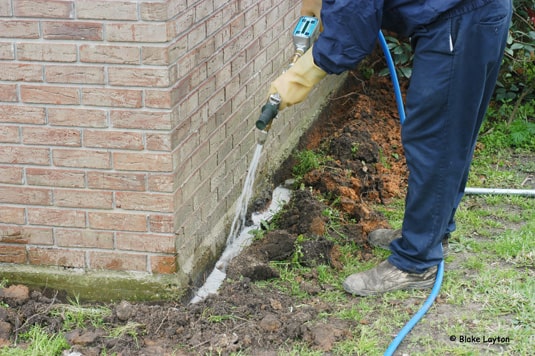
Lawn Treatment
Termites not only does it damage the beauty of your lawn, lawn and trees, but also transfers grass infestation to your home. Lawn treatment is the procedure to protect you and your valuables from such damage. There are two types of termites that are most common in lawns: imidacloprid/fipronil. Both types of termites have “workers” who do the damage and “soldiers” who defended the colony. Breeding castes are known as “queen” and “kings” and they swarm in the spring and summer months. The third type of termite is known as dry wood and, essentially, it lives in the plants themselves, such as trees, where they eat wood. Subterranean and agricultural termites live in the soil, where they penetrate and attack cellulose, either in the roots of plants or above the ground.
Pre-Constructions
The best time to protect against termites is during the planning and construction phases of a structure. The main objective of the Awan Garden is to create a chemical barrier between the soil where termites live and the wood of the house. Breeding members of termite colonies or flocks fly in large groups during the summer to search for places where new settlements can be established. Winged insects that emerge from the ground or wood are the easiest to tell if termites are active nearby. Even if residents do not notice pests, their cut sashes often remain on the ground around doors or window sills. As they are attracted to light, these are common entry and exit points.
Our Strategy to control termite
The best time to protect against termites is during the planning and construction phases of a structure. The main objective of Awan Garden is to create a chemical barrier between the soil where termites live and the wood of the home. A thorough pre-treatment is required to protect the structure from termites. Treating a termite control structure requires specialized equipment that homeowners do not usually have on hand, such as a 100 gallon tank, an auxiliary roller pump motor to dispense the insecticide from the tank, hoses, treatment tools, etc. Therefore, it is not recommended that homeowners try build their homes for termite control.
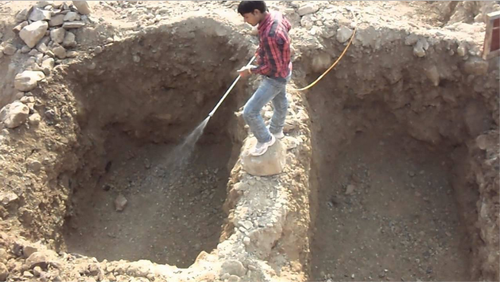
Pre-construction termite treatment can be done in the following phases:
-
Foundation
-
Piping
-
Flooring
-
Wood Working
